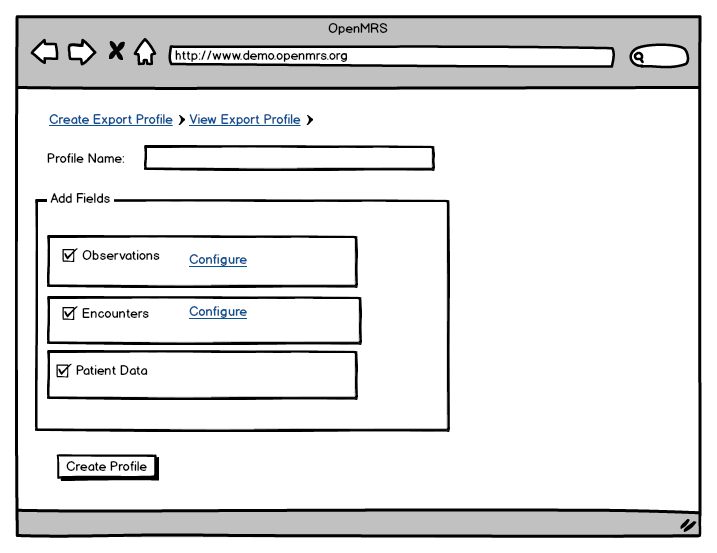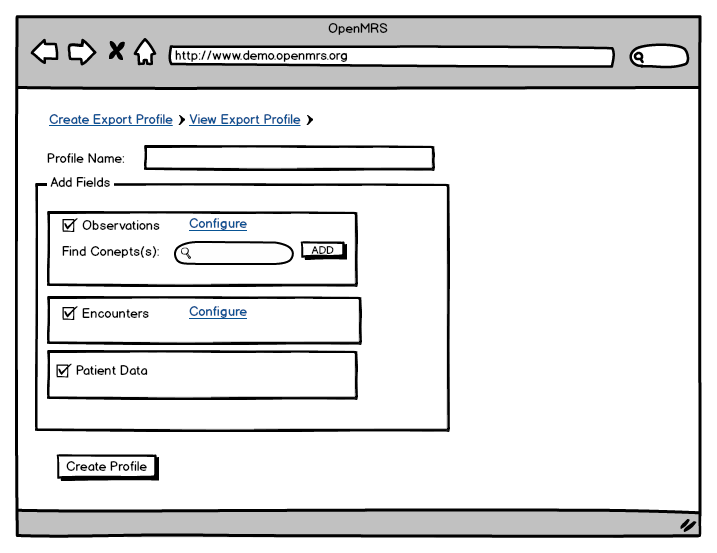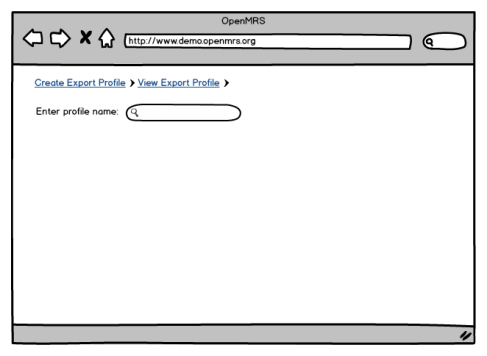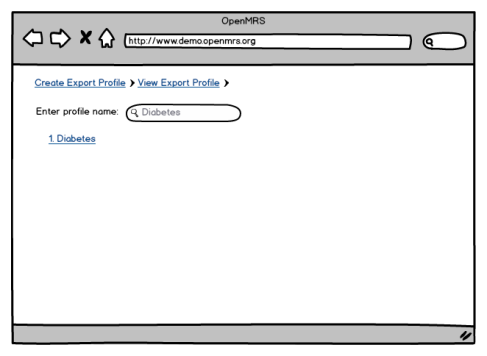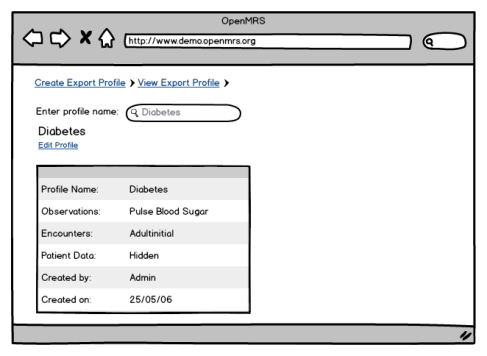Developing De-Identified Patient Data Export Module
Purpose:
The main aim of this module is to export data of patients in a de-identified manner so that the developers and researchers can use this data without knowing about the patient. This means that while exporting the patient data no information which could identify the patient should be exported.
This aim can be accomplished with the help of Protected Health Information (PHI). PHI specifies few elements which can identify the patient. Hence the PHI elements are eliminated from a data set to preserve privacy for research participants.
Features:
To export de-identified data set of patients, it is first important to pen down the data that will be exported. The de-identified data set to be exported will be a combination of Observations, Encounters and Patient data.
The Admin can create an ‘export profile’ which will be a combination of Observations, Encounters and Patient Data. Further the admin can configure each of these sections in the ‘export profile’ by selecting one or more sections, or a combination of these sections, like
- All observations or Group of concepts under observations (like Pulse, Blood Sugar, Weight , etc)
- All encounters or Specific type of encounter (like Adultinitial, Pedsinitial)
- Patient data
Thus a combination of the above sections will serve as the ‘export profile’.
The second important issue to be addressed is the format in which the data will be exported. The export formats supported by this module would be XML, CSV and CCD. These files can be downloaded in any of the mentioned formats (XML, CSV, CCD) and can also be printed as a PDF file.
- Depending on the data (like observations, encounters) that is exported, the tags in XML will need to be formulated (if XML is the export format). Parent Tags like <encounter> </encounter> and child tags like <adultinitial> </adultinitial> need to be written.
- If CSV is the desired format then headers need to be identified according to the data (say observation date, observation concept).
Observation Date, Observation Concept
25/05/06, Pulse
- Also data can be exported using standard CCD format.
De - Identification Rule Engine:
De-identification under the Health Insurance Portability and Accountability Act (HIPAA) Privacy rule occurs when data has been stripped of common identifiers. The identifiers which need to be stripped are as follows:
- Name
- Geographic data
- All elements of dates
- Telephone numbers
- FAX numbers
- Email addresses
- Social Security numbers
- Medical record numbers
- Health plan beneficiary numbers
- Account numbers
- Certificate/license numbers
- Vehicle identifiers and serial numbers including license plates
- Device identifiers and serial numbers
- Web URLs
- Internet protocol addresses
- Biometric identifiers (i.e. retinal scan, fingerprints)
- Full face photos and comparable images
- Any unique identifying number, characteristic or code
Utility of the module:
Suppose the Admin requires exporting data of only diabetic patients.
Step 1: Configure the data set
- First group all the concepts under observations related to diabetes.
- The Admin can choose to add encounters.
- The Patient data remains as it is.
Step 2: Create ‘Export Profile’
- Name this profile say ‘Diabetes Profile’
- Now the profile is created and ready to be used.
Step 3: Export data using profile
- Data can be exported for a single patient or a range of patients.
- Now on a patient (say Horatio) the ‘Diabetes Profile’ can be called to export the data (which was configured when the profile was created).
- Data will be exported in any one of the formats mentioned above. (XML, CSV, CCD)
Use of module in Cohort:
This module can also used in a cohort, where the admin can carry out de-identified export of patient data, on the result set of the cohort. Say result set from the cohort gives the data of all women, alive and between the 20-40 years of age. Then this result set can be exported by selecting any ‘export profile’.
Thus this module enables data to be exported for an individual patient or through a cohort by specifying a range to export. Like export data of all women having diabetes.
Mockup Screens:
